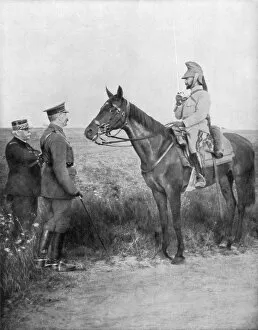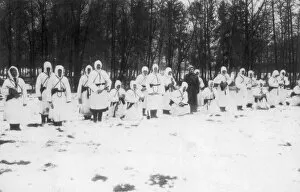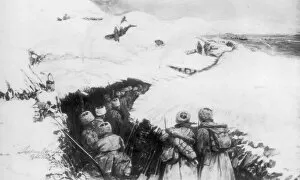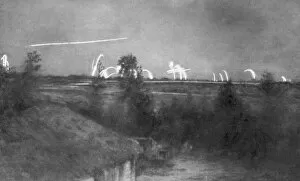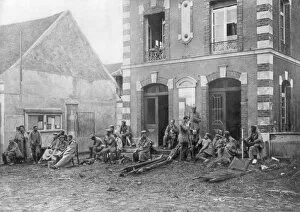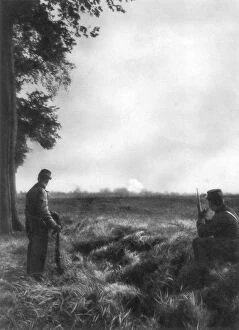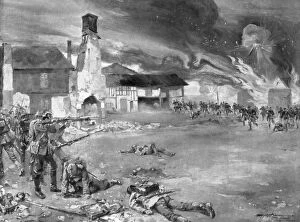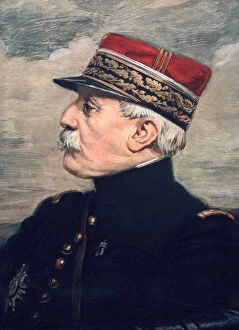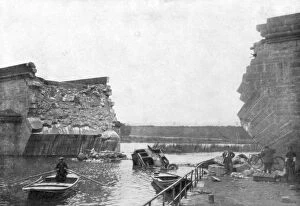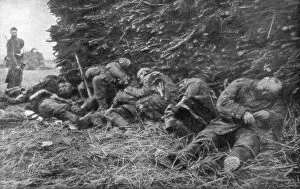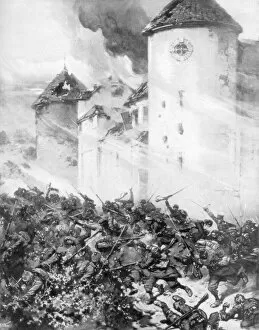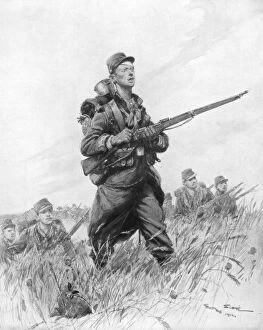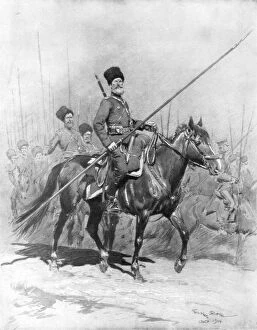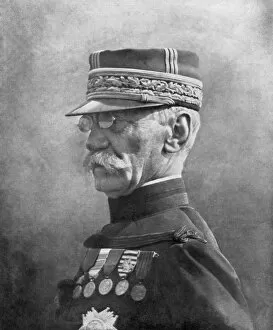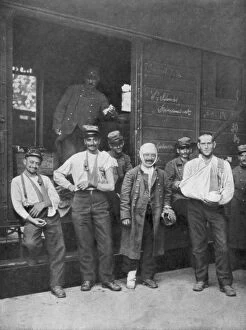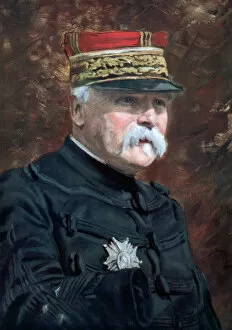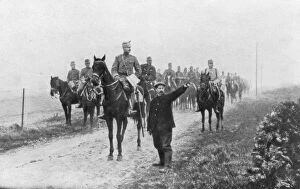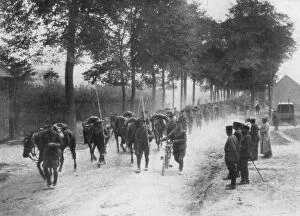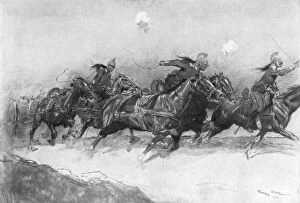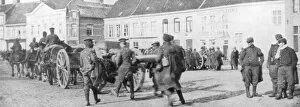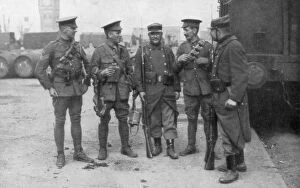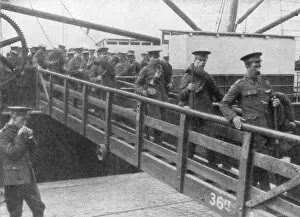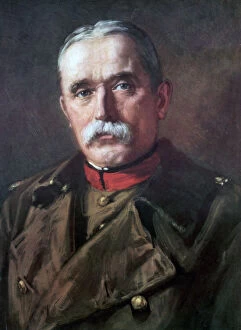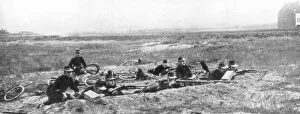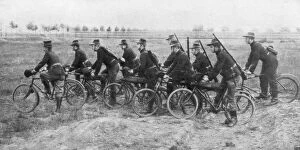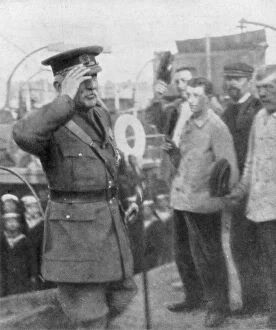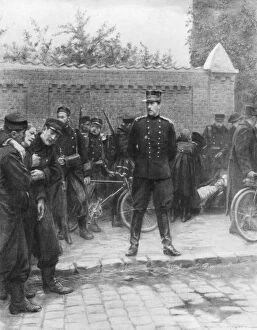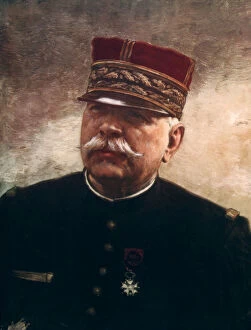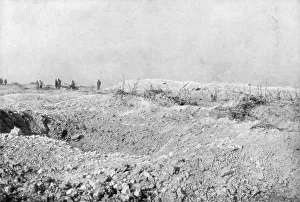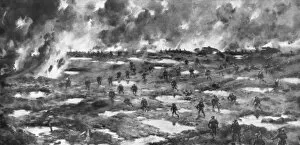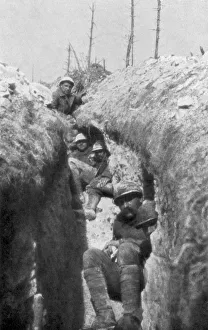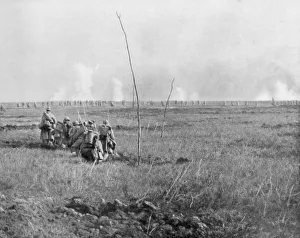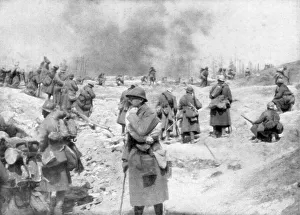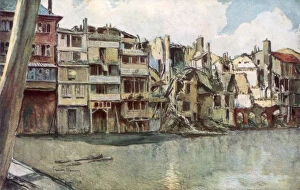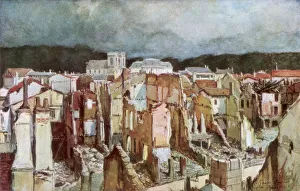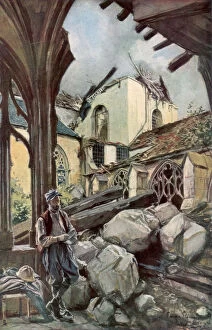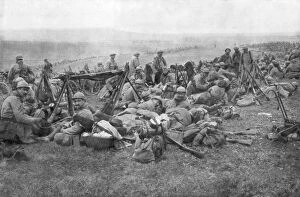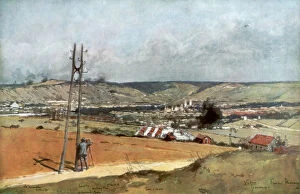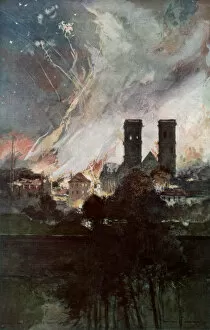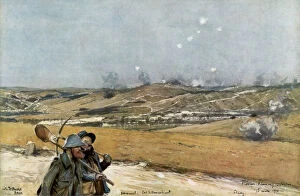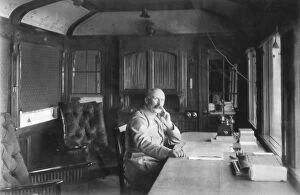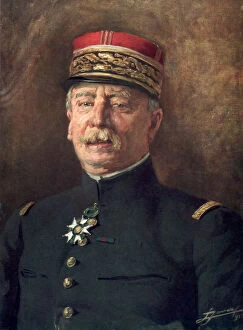Front Collection (page 100)
"Front and Center: Exploring the Diverse Facets of 'Front'" A stunning view of the Midland Hotel in Morecambe, Britain's first Art Deco hotel
All Professionally Made to Order for Quick Shipping
"Front and Center: Exploring the Diverse Facets of 'Front'" A stunning view of the Midland Hotel in Morecambe, Britain's first Art Deco hotel, showcasing its grand frontage. Leonardo da Vinci's intricate skull anatomy drawing reveals the hidden complexities beneath our external fronts. Rembrandt's masterpiece "The Return of the Prodigal Son" captures a poignant moment as forgiveness takes center stage in this emotional front. The classic 1975 MG Midget sports car turns heads with its sleek design and powerful front grille. The majestic West front of Lincoln Cathedral and Exchequer Gate stand tall, representing architectural beauty at its finest. The iconic 1974 Rover P6 3500S exudes elegance from every angle, especially with its distinctive front headlights. Old Trafford Stadium, home to Manchester United Football Club, boasts an electric atmosphere that ignites passion among fans from all fronts. From a Mersey ferry ride, catch a breathtaking glimpse of Liverpool skyline featuring the iconic Liver Building standing proudly at the forefront. A Lambretta Innocenti scooter parked in an old alleyway in Morbegno showcases vintage charm against a rustic urban frontage backdrop in Valtellina province. The Marylebone pub welcomes patrons with open arms as they step into its warm ambiance on London's bustling streets - a beloved local gathering spot for friends on any given night. Leon-Maxime Faivre's painting "Deux meres (Two Mothers)" explores motherhood through contrasting emotions displayed on their faces - love and concern taking precedence upfront. Mohammed Reza Shah Pahlavi stands alongside his third wife Farah Diba; their regal presence commands attention as they represent Iran's historical political frontiers during his reign from 1941-1979. In various forms - be it architectural, artistic, automotive, or cultural.

